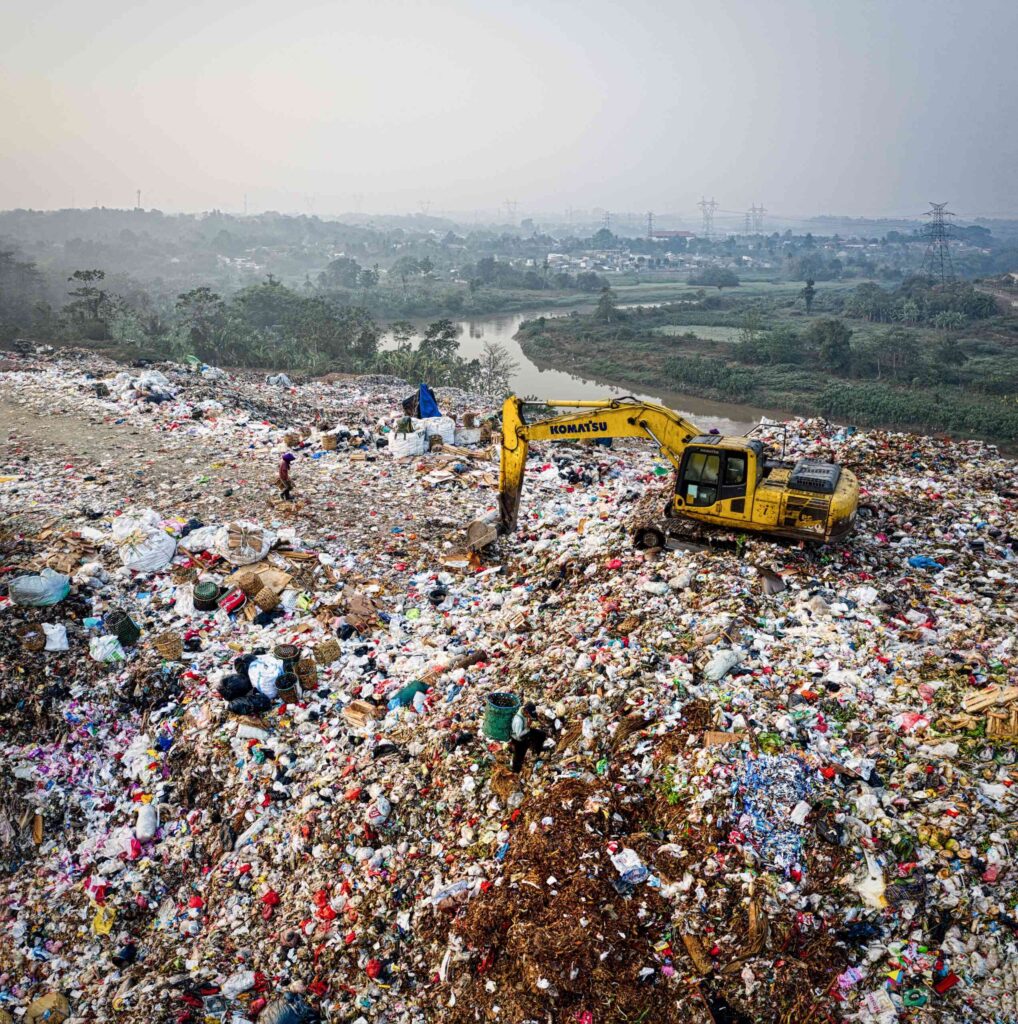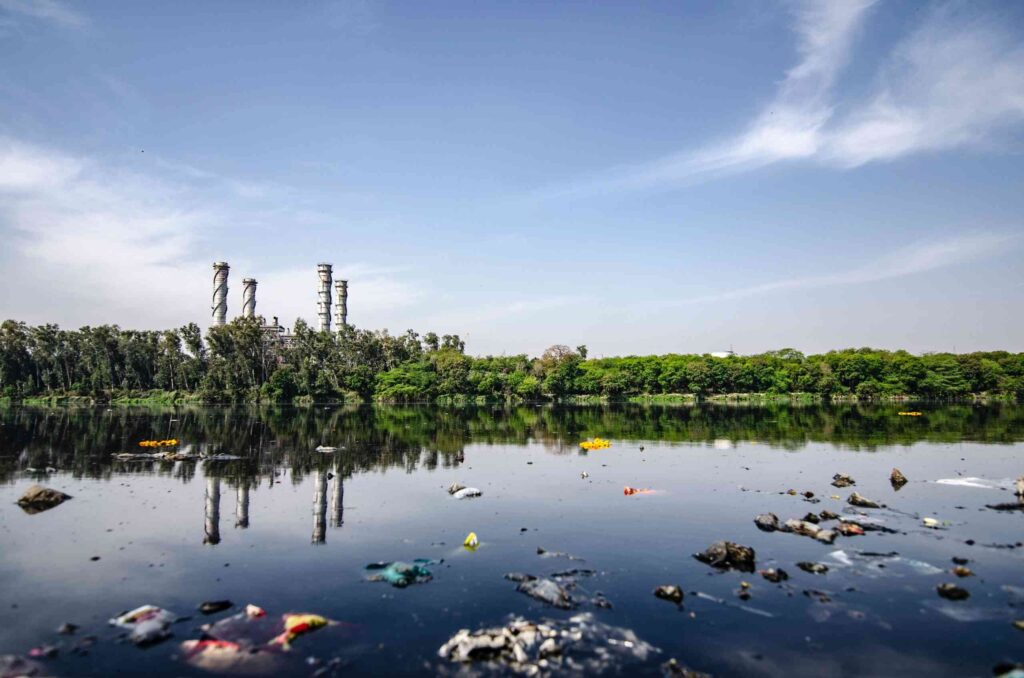Science
Always Returning to Bad Thoughts? These 3 Things Help Stop the Cycle
12 December 2025

Year after year, we produce increasing amounts of plastic waste. An OECD report from 2020 revealed that we created 450 million tons of plastics that year, with estimates predicting a jump to 1.2 billion tons by 2060. These figures are not unexpected, given the affordability and convenience of plastics, which are indispensable across many economic sectors. Coca-Cola alone produces close to 100 billion PET plastic bottles every year.
However, the problem of excessive plastic production and subsequent environmental implications is often relegated to individual consumers’ responsibility. The primary beneficiary of such a perception towards waste is the plastics industry. What is more, recycling plastics does not necessarily seem to be the solution. While recycling is a viable strategy for materials such as glass, metal, and paper, in the case of plastics it is not cost-effective and poses significant environmental and health concerns.
In 2018, Theresa May, the former UK Prime Minister and Conservative Party leader, introduced a proposal for a pioneering tax on plastic packaging. The British Plastics Federation (BPF) promptly voiced its reservations, suggesting that a mass transition from plastic to biodegradable materials might not reduce littering. They argued this is more an issue of individual consumer behavior, stating: “It is highly doubtful that simply providing alternative materials will actually reduce littering in the UK, as this is an issue of personal behavior.”
In the same correspondence, these advocates for the plastics industry put forth their perceived solution: namely, minimizing plastic waste through maximizing recycling. While not new, this idea has been heralded for years as the definitive response to this pressing concern. Thorough waste segregation by households, advancements in processing techniques, and a decline in new plastic production appeared to be the envisioned trajectory. However, cultivating a recycling culture, to borrow a phrase from the BPF letter, seems more aspirational than achievable.
Though there has been a rise in plastics sourced from recycling, it only represents a modest 6 percent of overall production. The reasons for such underwhelming results are numerous. The issue is not about the public’s unwillingness to recycle or the absence of the proper infrastructure. To put it simply, at its core, recycling plastics is not cost-effective. Using reclaimed materials often exceeds the cost of new production, given the expenses of collection, sorting, transportation, and reprocessing. Moreover, the swift advancements in the petrochemical sector allow for annual reductions in production costs.
For manufacturers, recycling is a costly endeavor. As for the average consumer, it seems more like an ideological lens, reframing the challenge from plastic overproduction and manufacturers’ hesitancy towards sustainable solutions to questions of consumer responsibility and individual lifestyle choices.
One of the immediate challenges with plastics is their diversity. There are thousands of different types, each with its distinct composition and properties. These synthetics contain various chemical additives and dyes that cannot be recycled together, making it challenging to sort billions of waste items and reuse them in the production of new plastics. For instance, green PET#1 bottles cannot be recycled alongside clear ones, leading countries like South Korea to ban their production.
Contrary to metals and glass, not all plastics are environmentally neutral. Plastic products may contain toxic additives and absorb chemicals. According to a report published by the Canadian government, the high toxicity of recycled materials means that the vast majority of plastic products and packaging might not be suitable for reuse, especially in sectors like the food industry.

Most appropriately sorted high-quality plastic waste is directed to landfills or incineration facilities. What does not get processed locally is shipped to destinations in Africa or South Asia. This export tactic, however, has become increasingly constrained since, in 2018, China, along with several other Asian nations, banned waste imports.
The waste management sector tends to mask the true nature of its operations. It employs neutral terminology that obscures the hazards associated with processing vast amounts of plastic. In their communications, industry spokespeople often refer to landfills as ‘storage sites,’ trash as ‘waste’ (with the implication that the former is mindlessly discarded, possibly even in forests), and incinerators as ‘municipal waste thermal treatment facilities’ or ‘energy recovery units.’ Yet, the actual energy yield from these processes is often underwhelming. For instance, Copenhagen’s renowned Amager Bakke incinerator annually generates as much electricity as only seven medium-sized wind turbines.
Environmental advocates, however, strive to dispel these industry narratives. There is no denying that burning plastics releases considerable amounts of carbon dioxide and raises the risk of introducing toxic substances into ecosystems. Research from Université Côte d’Azur, centered on Nice’s incinerator, indicated a higher occurrence of lung cancer among men living near the facility. Similarly, residents close to the incinerator in Vaux-le-Pénil were awarded compensation by a French court due to health concerns. Studies in 2019 from Pisa further revealed that families living near such sites had increased incidences of lymphoma, cardiovascular issues, and in women, a higher likelihood of respiratory conditions. Abel Arkenbout, a Dutch toxicologist, found heightened levels of hazardous persistent organic pollutants around waste incineration areas, which can accumulate within the local flora.
Despite harmful emissions, governments often treat incineration as an additional revenue source in their recycling policies. Such policy decisions and public relations efforts facilitate massive investments in incineration technology. In Poland, this sector is advanced by companies owned by some of the nation’s wealthiest individuals, including Michał Sołowow, Sebastian Kulczyk and Zygmunt Solorz. Recently, Warsaw authorities announced plans to extend the thermal waste treatment facility in Targówek, an endeavor estimated to cost around 1.7 billion złoty.
An OECD (Organization for Economic Co-operation and Development) report highlighted that more than 40 percent of Europe’s plastics are destined for incineration, a trend set to continue. Intriguingly, Poland’s waste has attracted foreign investors. Industry assessments suggest that Poland currently possesses Europe’s highest waste processing capacity, handling over 20 million tons annually, in contrast to countries like the Netherlands, which produces only 3 million tons.

The European Union has unveiled strategies that primarily focus on plastic manufacturers—the major beneficiaries of the plastic sector. The Union’s Extended Producer Responsibility (EPR) policy, enacted in early 2023, obliges manufacturers to bear 80 percent of waste management costs. Researchers believe this approach effectively addresses waste management, pushing producers towards the forefront of responsibility. It also sparks interest in creating environmentally conscious innovations for plastic substitutes. Moreover, these regulations should incentivize producers to aim for minimized waste right from the inception of their production processes.
Although the full impact of these changes remains to be seen, it is evident that currently the onus of excessive waste production predominantly falls on local governments and the general populace. As consumers, we can exert influence on corporations by urging them to stop stocking single-use plastics and by consciously avoiding their products. However, for substantive progress, legislative changes are essential. Currently, our most effective strategy lies in championing the recovery and reuse of materials like paper, aluminum, and glass. Unlike plastic recycling, this approach has proven to be effective, providing tangible benefits for both the environment and the economy.
Read more on Holistic News